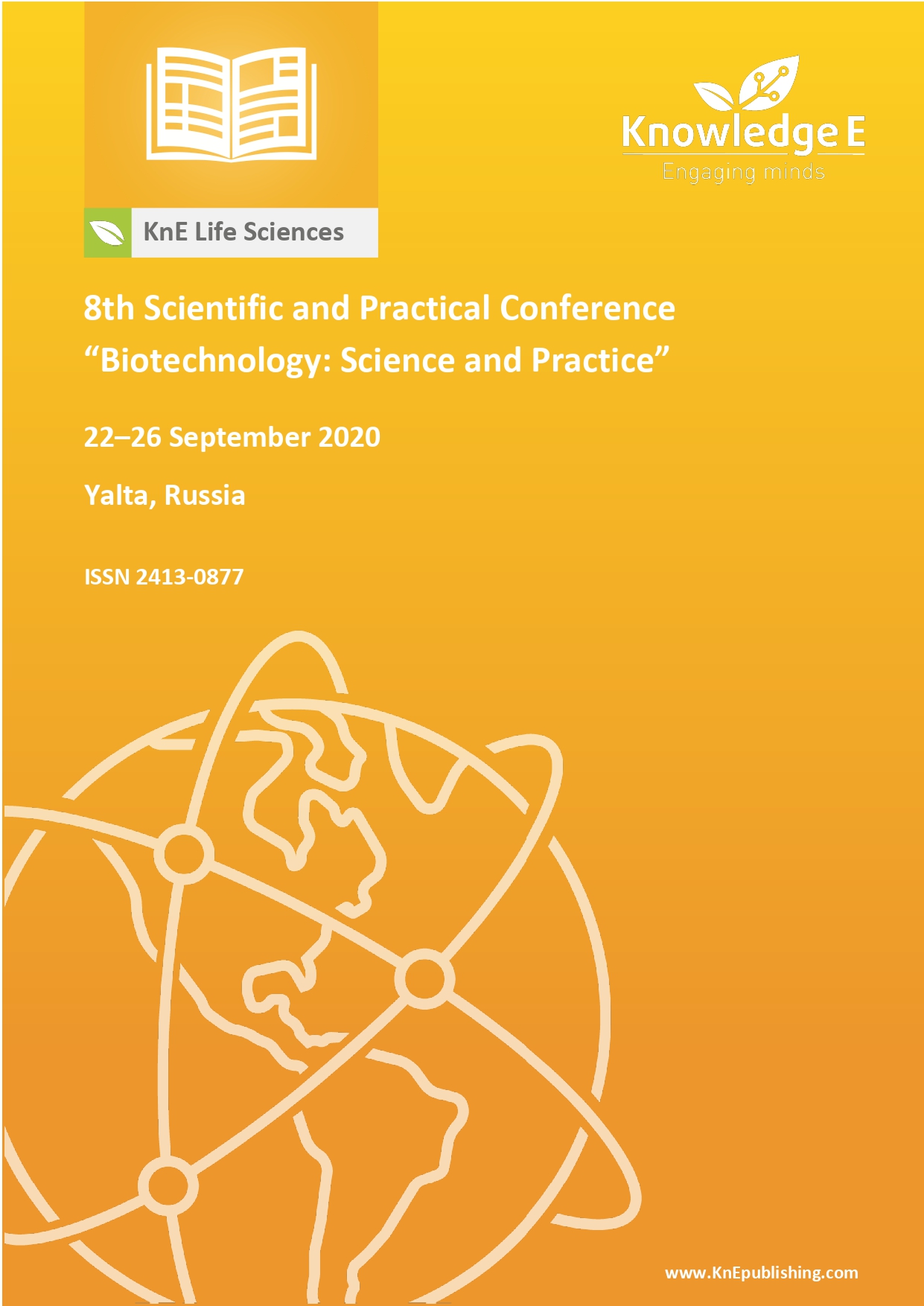Metagenomic Profiles of the Intestinal Virome of Long-Livers
DOI:
https://doi.org/10.18502/kls.v7i1.10116Abstract
The microbial community of the human intestine is important for maintaining human health. It has been reported that the gut microbiome changes with age, and it can be enrichedwith certain beneficial bacteria while also losing certain commensal bacteria.Little is known about the gut virome of long-livers. Our research aimed to extract, sequence and analyze the viral fraction of long-livers’ gut microbiota in comparison with those of young adults and the elderly. We were thereby able to characterize the gut virome profiles and viral diversity of three age groups.
Keywords: aging, gut microbiome, viral metagenomics, bacteriophages
References
Dutilh BE, Cassman N, McNair K et al. A highly abundant bacteriophage discovered in the unknown sequences of human faecal metagenomes. Nature Communications. 2014;5(1):1-11.
Bolger AM, Lohse M, Usadel B. Trimmomatic: A flexible trimmer for Illumina sequence data. Bioinformatics. 2014;30(15):2114-2120.
Li D, Liu CM, LuoR, Sadakane K, Lam TW. MEGAHIT: An ultra-fast single-node solution for large and complex metagenomics assembly via succinct de Bruijn graph. Bioinformatics. 2015;31(10):1674-1676.
Hyatt D, ChenGL, LoCascio PF, Land ML, Larimer FW, Hauser LJ. Prodigal: Prokaryotic gene recognition and translation initiation site identification. BMC Bioinformatics. 2010;11(1):119-125.
Grazziotin AL, Koonin EV, Kristensen DM. Prokaryotic virus orthologous groups (pVOGs): A resource for comparative genomics and protein family annotation. Nucleic Acids Research.2016. 45(D1):D491-D498.

